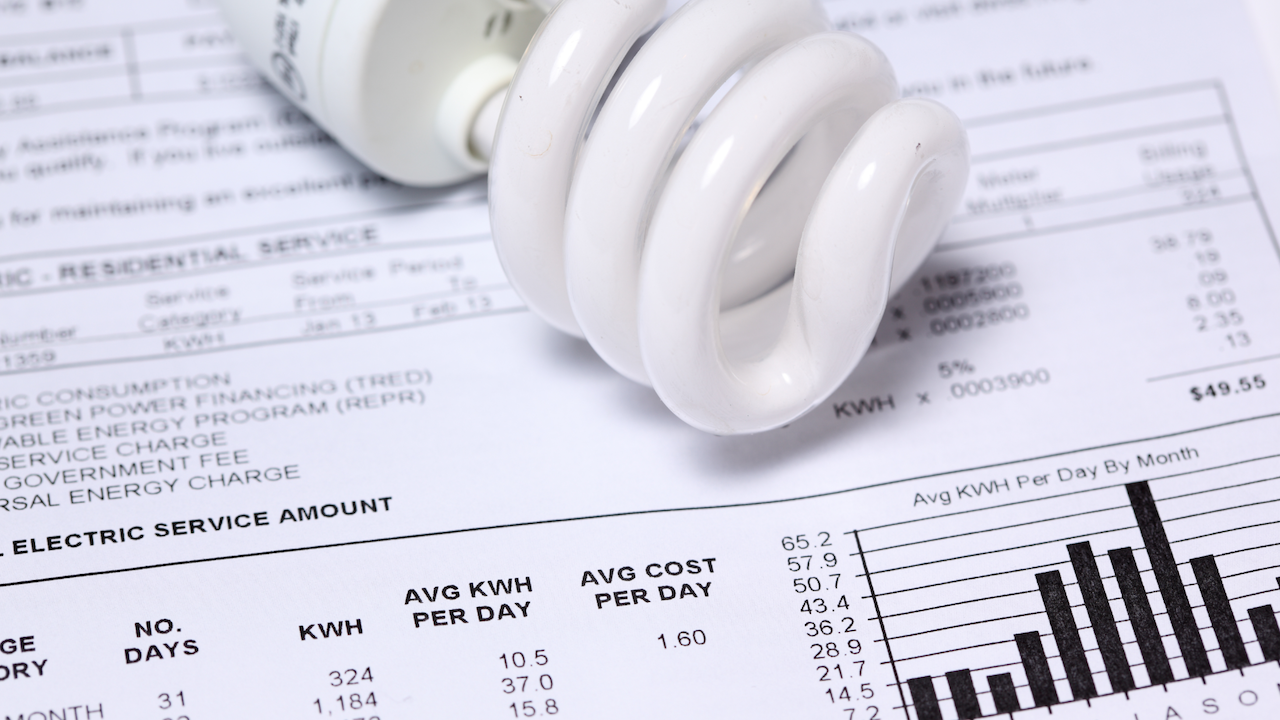Image source: Canva.com
In 2024, the average electricity bill in California stands at $220 (average price per kilowatt-hour (kWh): $0.32), surpassing the national residential average of $142.19 by over 64%.
This surge in California’s electricity bills is primarily attributed to significant rate hikes authorized by the California Public Utilities Commission (CPUC). Customers of major investor-owned utility companies, including Pacific Gas & Electric (PG&E), Southern California Edison (SCE), and San Diego Gas & Electric (SDG&E), often face even higher costs per kilowatt-hour (kWh) compared to the state average.
Individual billing varies based on the electric utility, housing type, and energy consumption levels. For instance, PG&E imposes higher electricity charges compared to SCE or SDG&E. Moreover, residents in single-family homes typically consume more electricity than those in apartments, and households with all-electric appliances tend to have higher usage than those using gas appliances.
In the following sections, we will delve into these disparities and explore strategies to mitigate costs through energy conservation, transitioning to Time of Use rate plans, and the installation of solar panels. If you’ve been grappling with California’s soaring electricity expenses, you’re in the right place.

New Residential Rate Structures: Understanding Time-of-Use Pricing
Average electricity bills vary across California utilities and housing types due to differences in energy rates and consumption patterns. For instance, SDG&E customers often face higher rates compared to SCE customers, despite serving neighboring areas.
In terms of housing types, there’s a significant contrast in energy usage.
Average electricity bills for single-family detached homes
Residents in single-family detached homes in California typically consume around 10,500 kWh per year, equivalent to 875 kWh per month. This higher usage often leads to slightly elevated prices per kWh for some utilities, as these homes consume more energy than the average customer.
Average electricity bills for apartments
On the other hand, individuals residing in apartment buildings with more than five units use an average of only 5,000 kWh per year—less than half of what single-family homes consume.
This variance is logical since apartments are inherently more energy-efficient due to their smaller size and shared walls, ceilings, and floors. Additionally, apartment dwellers benefit from tiered rate plans, where lower usage translates to a reduced average cost per kWh.
Changes in electricity costs over time have shown a stark contrast between national averages and California’s experience. While the average rate of increase in the United States over the past 25 years has been around 2% annually, California residents have faced much swifter growth. In the last decade alone, the average growth rate across all California utilities exceeded 7.7% per year.
Several factors contribute to these steep increases. Notably, surges in natural gas costs for power generation and rising expenses linked to grid maintenance play significant roles. Grid upkeep expenses have soared as utilities invest in fortifying infrastructure against wind storms and wildfires. Unfortunately, some California utilities have been permitted to transfer wildfire-related costs to ratepayers, exacerbating the situation.
Looking ahead, it’s unlikely that California utilities will ease their pursuit of rate hikes. Projections suggest that between 2022 and 2026, rates could surge by 32% to 50% for certain residents in California.
How to Lower Your California Electricity Bill
Dealing with high electricity bills in California? Here are some effective strategies to mitigate the impact:
Invest in Energy Efficiency
Reduce energy consumption by opting for energy-efficient appliances and devices. Enhance insulation in walls, floors, and attics, switch to LED light bulbs, install a smart thermostat, and consider a heat pump water heater.
Time of Use Rate Plans
Opt for Time of Use rate plans offered by utilities, where electricity costs vary based on grid demand. Save by shifting energy usage to off-peak hours.
Solar Panel Installation
Despite changes in regulations, solar panels remain a top choice for reducing energy costs in California. Through Net Billing, solar energy offsets electricity bills by feeding excess energy back to the grid. Consider options like energy storage batteries to optimize solar energy utilization.
Implementing these strategies can significantly lower your California electricity bill, providing both immediate and long-term savings.
Key Insights
- In 2024, the average electricity bill in California is $220, significantly higher than the national average of $142.19 (a 64% difference).
- Utility Differences: Rates vary significantly between PG&E, SCE, and SDG&E, with PG&E typically charging more.
- Single-family homes consume more energy (~10,500 kWh annually) compared to apartments (~5,000 kWh annually), leading to higher bills.
- Californians have access to various methods to curtail their electricity expenses. These include leveraging low-income assistance programs, adopting Time of Use rates, and integrating solar panels into their residences.
- Installation of solar panels offers substantial cost savings for Californians. By investing in solar energy, homeowners can potentially save thousands annually, recouping the initial investment within 8 to 10 years. Moreover, they can enjoy decades of virtually free solar power thereafter.





